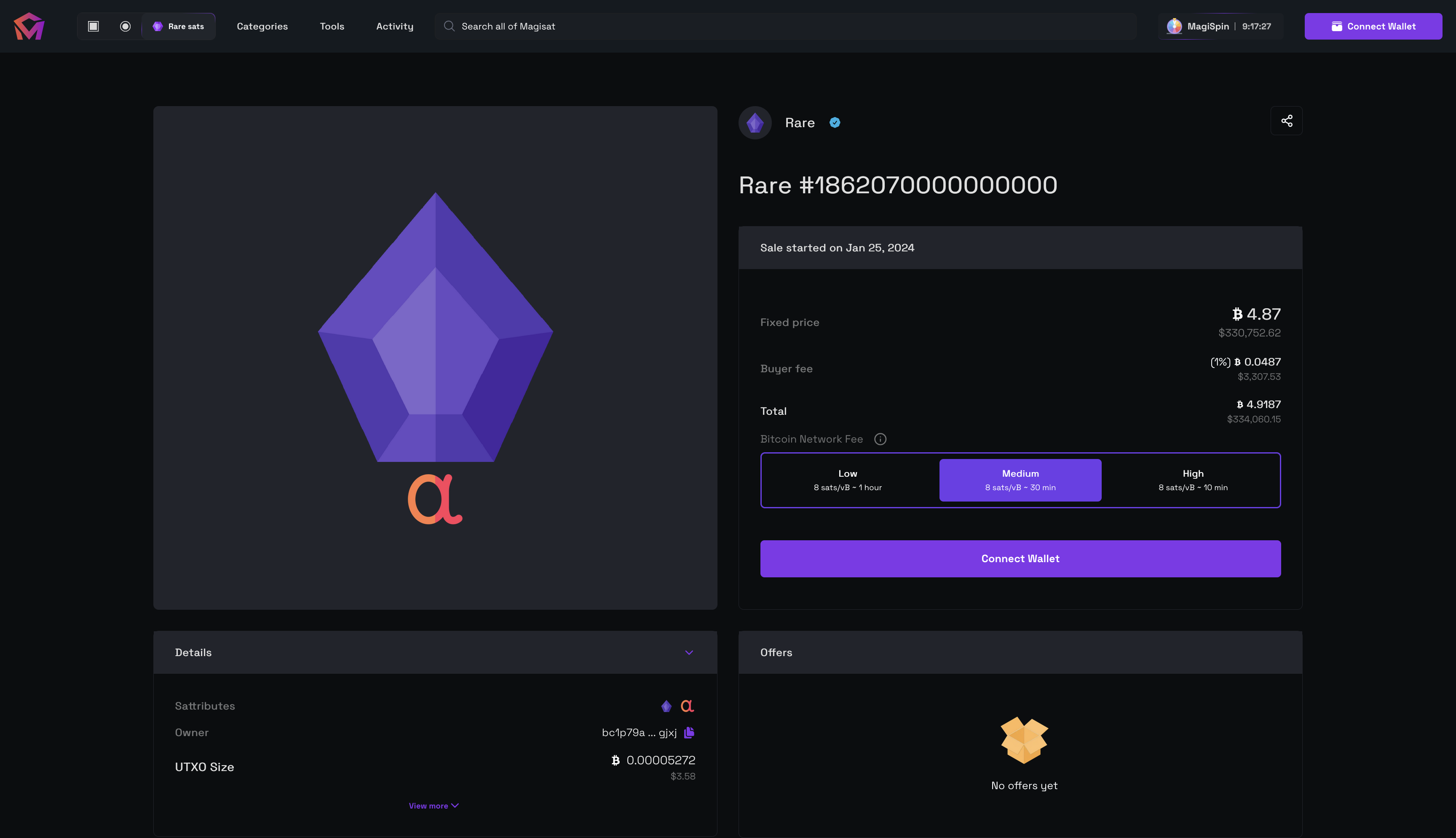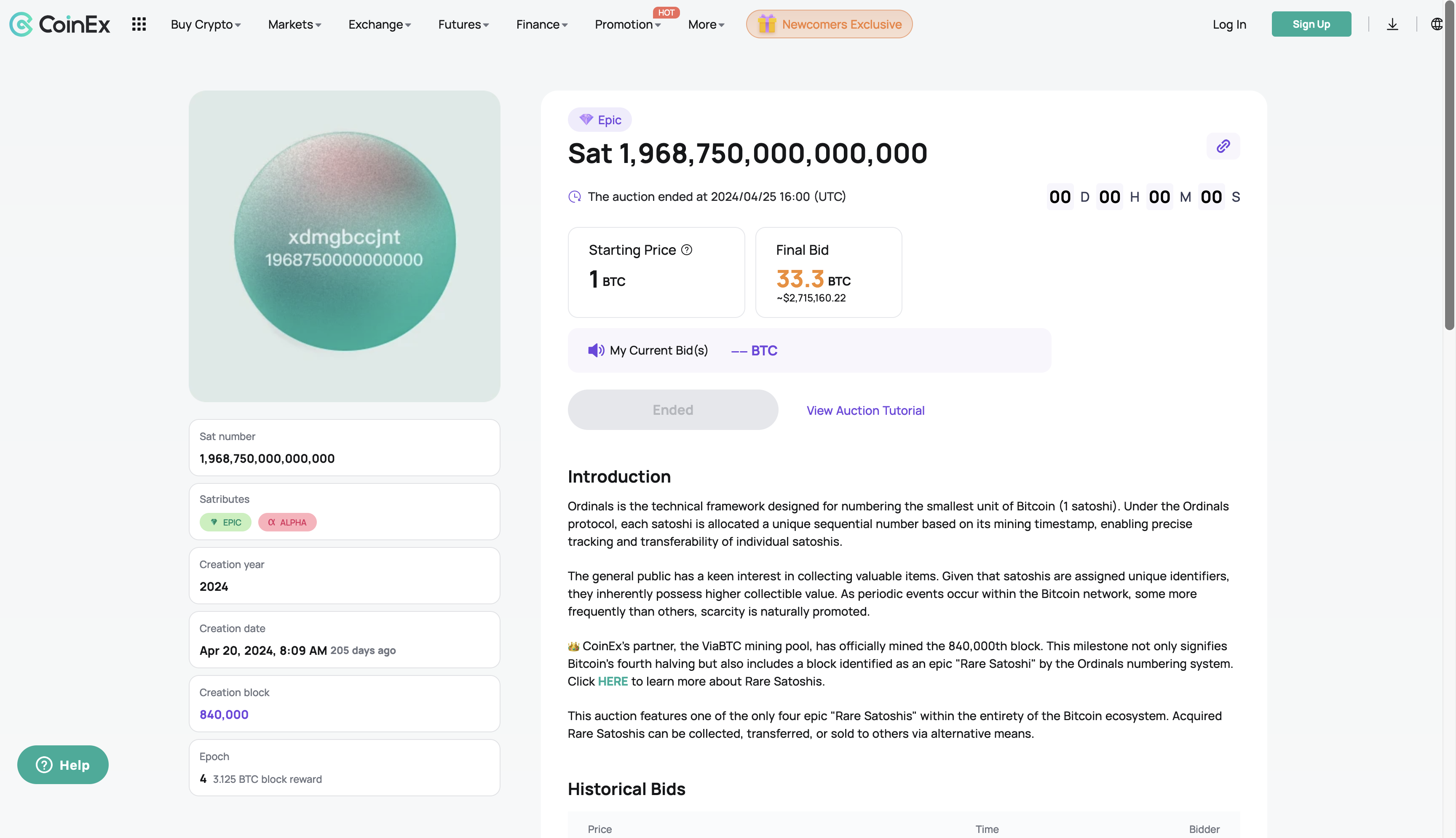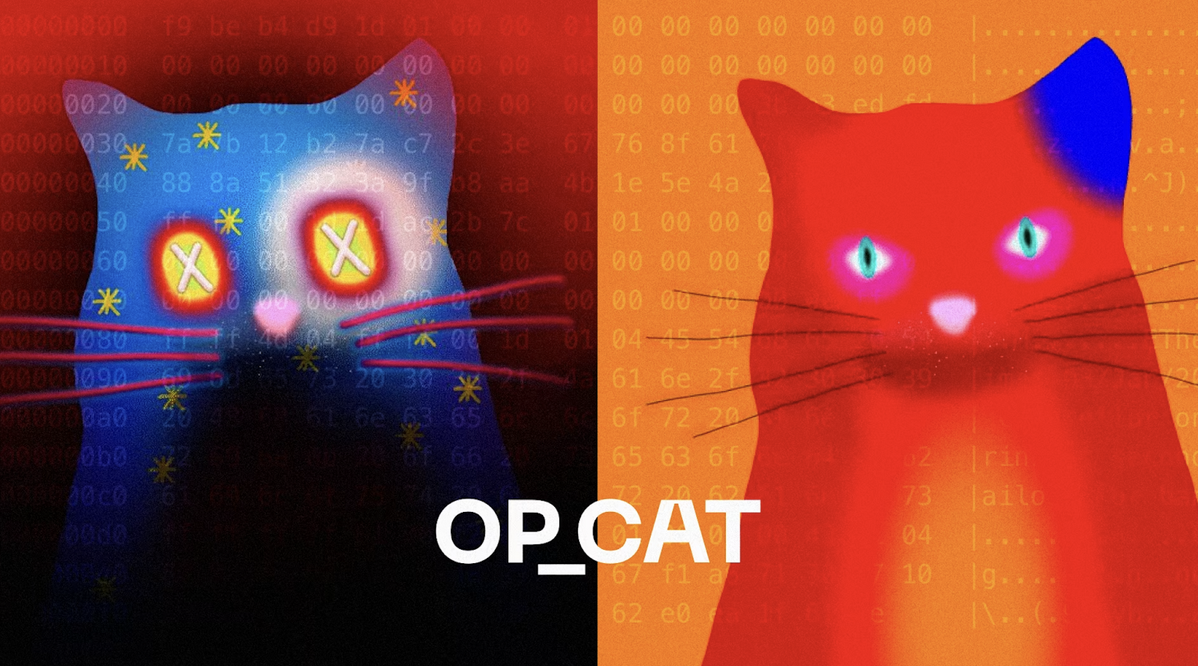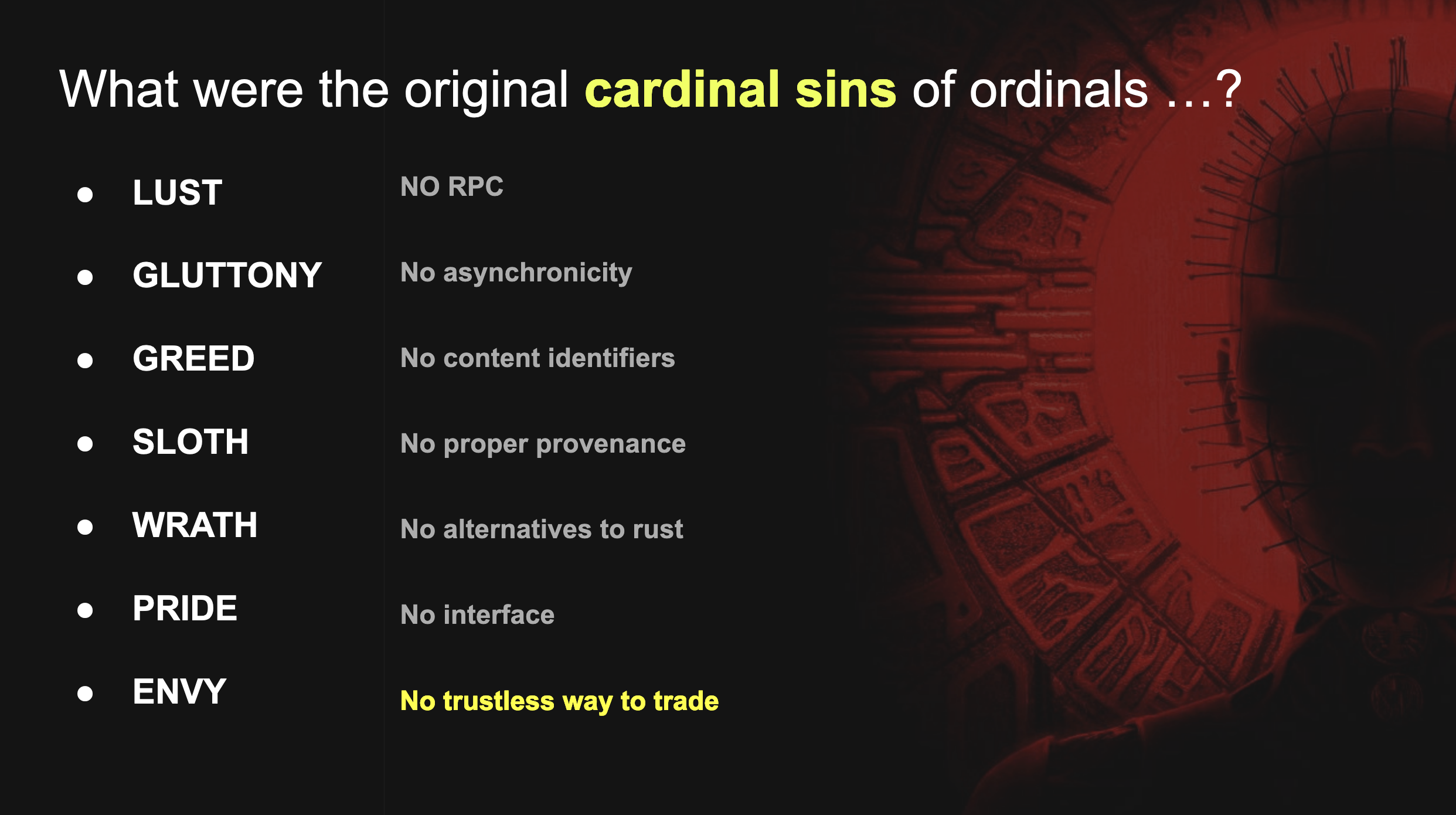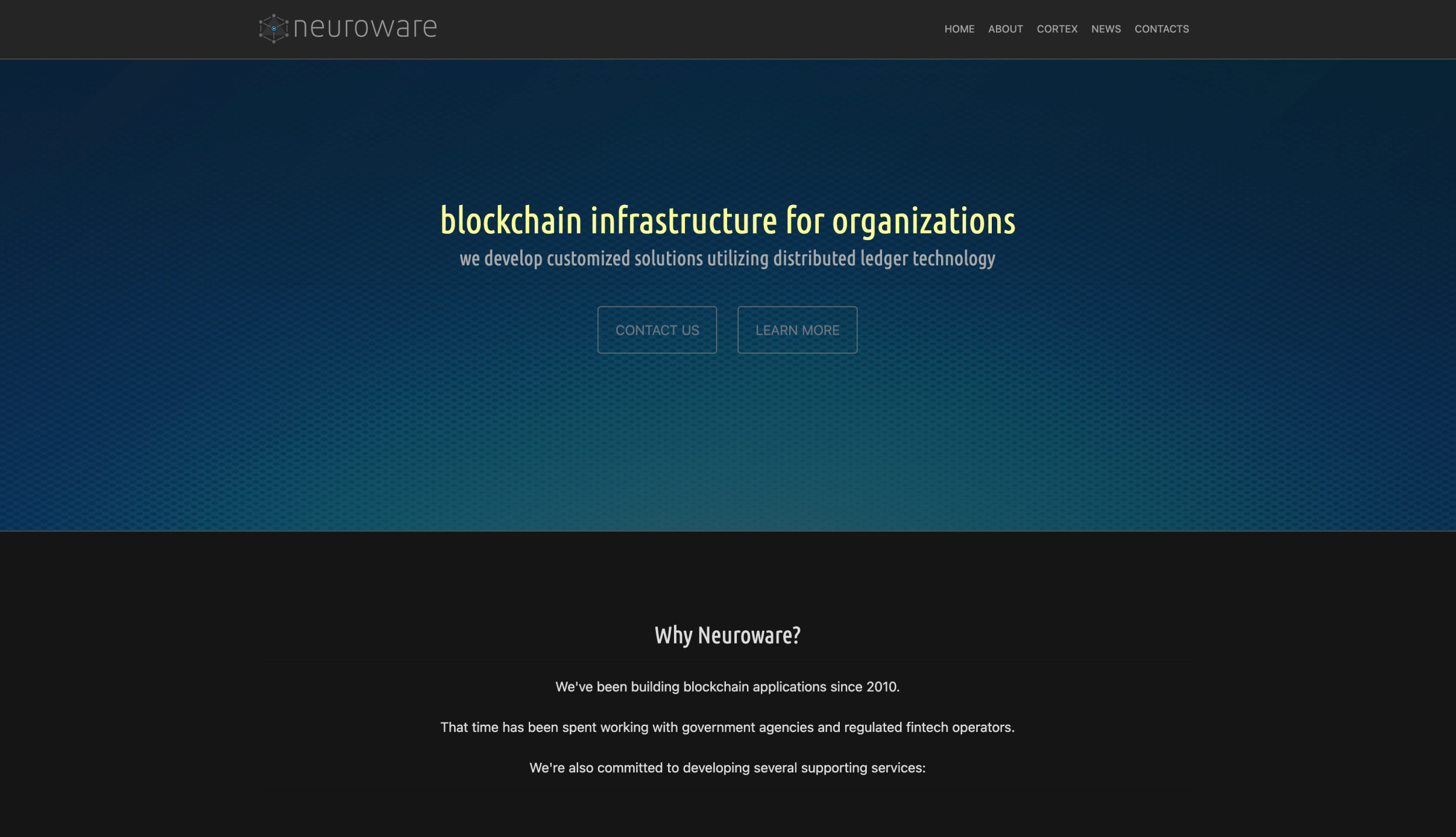Did you know that although your wallet might say that you only have 0.00000001 Bitcoin, depending upon where that Bitcoin came from and what’s attached, it could actually be worth millions of dollars?
The bitcoin protocol itself and all corresponding core implementations that are currently used by the majority of crypto service operators track Bitcoin as a fungible digital asset that does not provide a way to natively issue tokens on its own blockchain. In order to launch both fungible and non-fungible token supplies on Bitcoin, you must use what is known as a meta protocol, which stores all the necessary data on the bitcoin blockchain, but can only be accessed and authenticated using additional indexing mechanisms that are not supported by the Bitcoin core nodes.
This raises some interesting questions concerning anti-money laundering laws and what is really being transferred within a Bitcoin transaction. Meta protocols provide a shadow-market worth billions of dollars, which is taking place under the surface just out of view from anyone that’s not specifically tracking this new and expanding list of meta protocols.
Although meta protocols have come and gone before, they were previously limited to using just the OP_Return method for arbitrary data storage, which is restricted to 80 bytes of data per transaction. However, in 2023, Casey Rodarmor was crowned the most influential person in the entire crypto industry for creating Ord. Not only does Ord provide a working implementation of his ordinal theory, but has more importantly in-turn created a new generation of meta protocols in the process.
Ordinal-theory alone provides a method for tracking each and every individual satoshi. Satoshis are more commonly known as sats, which are the lowest divisible units of denomination in Bitcoin – where 0.00000001 Bitcoin is equal to one sat. This has been done in such a way that different sats now have different values based on their protocol rarities, and other ordinal properties such as names and numbers. One such epic sat was recently auctioned for over 33 bitcoin (worth over US$2 million).
With a way to track the ownership of individual satoshis, Ord is also able to provide a method to inscribe any kind of file directly to the Bitcoin blockchain within an ordinal using a new “envelope” method that allows up-to 380,000 bytes per transaction. This is a huge increase compared to the 80 byte limit incurred by all previous meta protocols. This provides one of the most expensive canvases for digital art, being used by luxury brands such as Bugatti and reported by Forbes.
Perhaps more interestingly, as the Taproot Wizards have demonstrated, with non-standard transactions that are still valid on-chain, it’s even possible to reach a 4 MB data storage limit for one inscription within a single Bitcoin transaction. Since launch, Ord has also introduced new features such as recursion and provenance. Recursion allows for one inscription to reference or use any number of other inscriptions whilst provenance allows for inscriptions to have hierarchy, enabling any inscription to have any number of children or parents. Taproot Wizards have fully utilized both of these new features in their latest OP_CAT collection, which is much more than simply pictures of psychedelic kitty-cats. The technology they are actually working on may even eventually dethrone ordinals and inscriptions as the leading meta protocol, which helps to explain how they raised over US$7 million in VC funding.
In the land of ordinals and inscriptions, cardinals refer to bitcoin that is spent to transfer ordinals or create inscriptions. Cardinals are any bitcoin deemed too “common”, or without any peculiar qualities deemed relevant by social consensus. They should be kept to one side and used as gas for Casey’s meta-protocols. The only problem is that without additional indexing not found in core bitcoin nodes, there’s no way to know if your sats contain anything of value beyond their underlying inherent bitcoin.
It is this exact problem that Taproot Wizards have solved with their newly introduced CAT Protocol, which requires OP_CAT to be re-activated. The reactivation of OP_CAT has been a contenous topic for well over a year already and has very familiar vibes to those of the block size civil war.
In hindsight, it would seem that the greatest cardinal sin of ordinals, inscriptions and runes is that they require indexing by non-core nodes.
